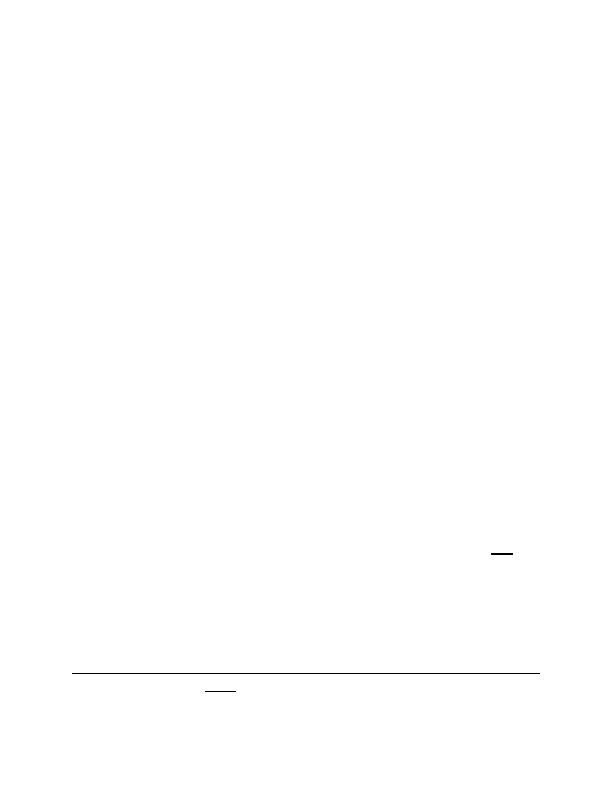
the judiciary is charged with rewriting the statute to include methods for organizing
human activity that do not involve manufactures, machines, or compositions of matter.
C
Since the 1793 statute was reenacted in 1952, it is finally important also to
inquire whether between 1793 and 1952 the U.S. Patent Office and the courts in this
country had departed from the English practice and allowed patents such as those
sought by Bilski. In fact, the U.S. Patent Office operating under the 1793 Act hewed
closely to the original understanding of the statute. As in the English practice of the
time, there is no evidence that patents were granted under the 1793 Act on methods of
organizing human activity not involving manufactures, machines or the creation of
compositions of matter. The amicus briefs have addressed the early American practice,
and some of them claim that human activity patents were allowed in the early period.
To the contrary, the patents cited in the briefs are plainly distinguishable.
The earliest claimed human activity patent cited in the briefs issued in 1840,
entitled “Improvement in the Mathematical Operation of Drawing Lottery-Schemes.” Br.
of Amicus Curiae Regulatory Datacorp 23 n.54. But that patent is fundamentally unlike
the Bilski claim, since it does not claim a method of organizing human activity not
involving manufactures, machines or the creation of compositions of matter. See U.S.
Patent No. 1700 (issued July 18, 1840). Rather, it is directed to a scheme of combining
different combinations of numbers onto a large number of physical lottery tickets (i.e., a
17
Woodcroft, supra n.12 at 324.
2007-1130 16

